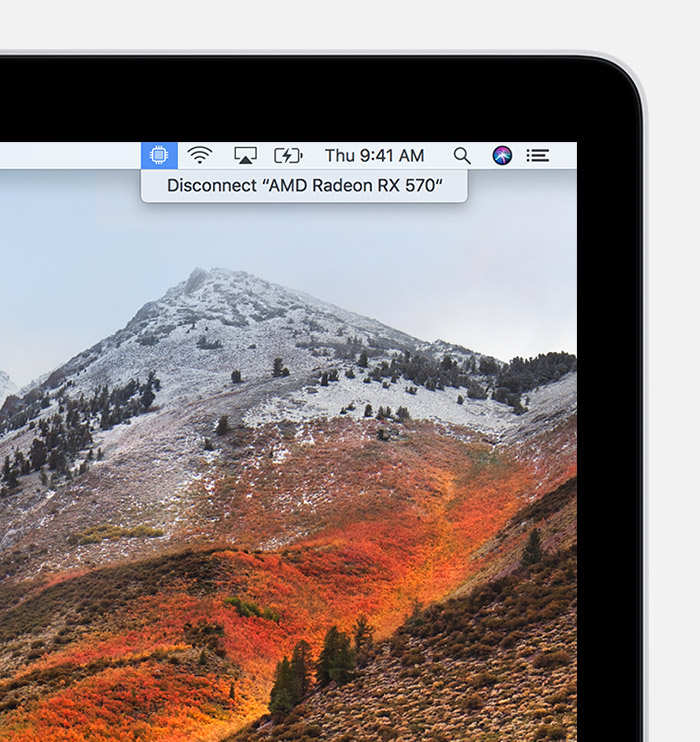External GPU for Apple Macs are official: but what would Steve Jobs have to say about it?

It’s no secret that external GPUs are becoming the next big thing for Mac power users. Being able to plug a GTX 1080, or a Titan X in a Macbook, not only is a massive boost in graphic performance for gamers and creative professionals: it’s also incredibly cool.
Imagine working with graphic applications, or plugging into VR worlds in your favorite high-end headset. All of this is now not only available from third party manufacturers, it’s also a feature fully endorsed by Apple, as of this week, with a list of supported cards listed on this Apple Support page: https://support.apple.com/en-us/HT208544.
With that said, if you are looking for any card listed under Nvidia, you may be disappointed, as Apple’s list is heavily biased towards AMD Radeon and VEGA cards, incidentally within the same branding as the ones currently included in the latest Apple iMac Pro. Coincidence? We think not, considering that third party manufacturers have been selling external enclosures packing the most powerful Nvidia cards, for a good while.
Here is a list of supported chassis:
- OWC Mercury Helios FX
- PowerColor Devil Box
- Sapphire Gear Box
- Sonnet eGFX Breakaway Box 350W
- Sonnet eGFX Breakaway Box 550W
- Sonnet eGFX Breakaway Box 650W
So, great! Now Apple is officially pro external GPUs: what does this mean to you? Well, it’s important to remember that just because you have an external GPU connected to your Mac, it does not mean that all of your applications will start using it. HArdware acceleration, as paradoxical as it may sound, is entirely software-dependent, which means that if an app or a desktop program isn’t designed to use hardware acceleration, your brand new, and very expensive card, will just sit there, idle, until you run a program designed to use the full power of the GPU.
By this token, don’t expect any boost in performance when using Pages, Mail or Garageband, as none of these apps require hardware acceleration for graphic processes.
On the other hand, if you are looking to play Fortnite, or any other Triple-A title on your Mac, well: sit back and enjoy the ride!
All of this is fine and good, but one question remains: what would Steve Job say about Apple opening up to big, bulky external boxes? It’s no stretch of the imagination that the original Apple co-founder and CEO would have a few things to grumble about, especially considering that Apple’s signature style revolves around tenets of thinness and minimalism, light years away from the flashy, multicoloured and rugged extravaganza brought by the likes of Alienware, MSI and other Windows-centric manufacturers.
With that said, in 2018 it could be argued that such openness towards third-party products such as external GPU enclosures, may be outlandish, especially considering that Apple is working relentlessly towards developing proprietary CPUs and GPUs that could one day eliminate the need to buy chips from Intel or AMD, altogether.
Apple has already made monumental strides with its most iconic mobile devices, like the iPhone and iPad, powered by Apple’s very own A-Series chips.
A good question would be whether Apple is up to the task of competing with veteran manufacturers like Nvidia and AMD, to provide equal performance to monsters like the Pascal-based GTX and Titan graphic cards, currently sought after for their massive computing power, especially useful to crypto-miners.
Ready to shop?
If you are looking for the perfect MacBook, PortableOne has you covered with a great selection of Apple MacBooks, as well as the newly unveiled 13 inch and 15 inch MacBook Pro with TouchBar.